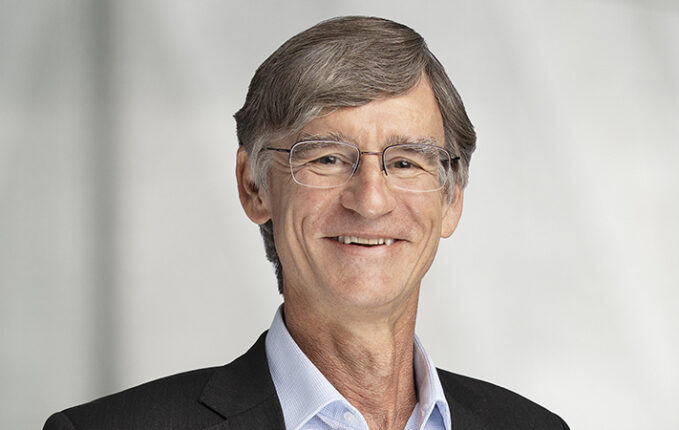On 1 June 2023, 130,000 Suncorp Super members and $6.1 billion in funds under management (FUM) joined Brighter Super, itself the product of the 2021 merger between Energy Super and LGIAsuper. In this interview, we speak with CIO Mark Rider about how it affects the overall investment strategy.
Register to Access this Exclusive [i3] Insights Article
Create a free account to access exclusive interviews with asset owners, revealing insights on investment strategies, market trends, and portfolio allocations.
If you already have an account you can Login .
If you have any issues registering an account please send us an email at [email protected].


